
Montenegro – a small country with Adriatic beaches and resorts, mountains, untouched nature, ancient cities and fun festivals is becoming increasingly popular. It is loved by fans of ecological and budget tourism – Montenegro has many natural reserves, and resorts and beaches delight with low prices. There is excellent cuisine, cheerful and hospitable residents, and there are noisy holidays and festivals all year round. We will tell you why you should go to this small and cozy country right now.
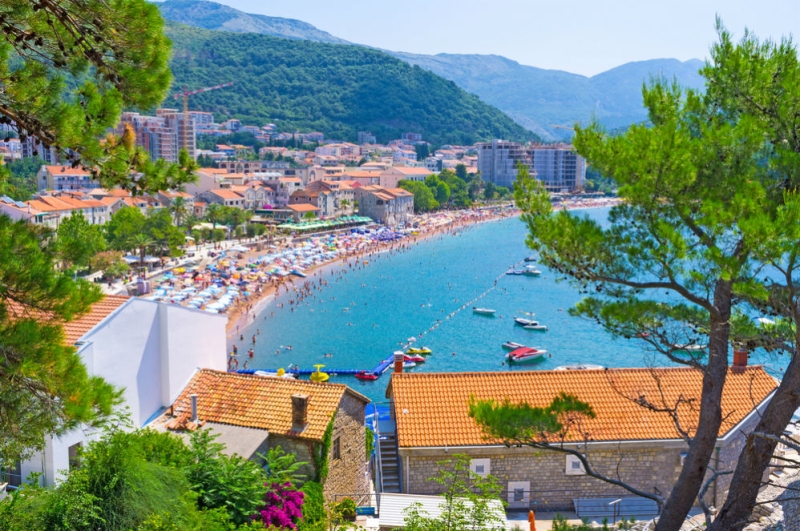
1. Beaches and resorts of the Adriatic coast
The center of the coast of Montenegro, with endless beaches and excellent service, is called the Budva Riviera. The most popular resort is Budva, a charming town with cobbled streets, small churches and an ancient fortress. The beaches of Budva have been awarded the Blue Flag (international certificate of quality) more than once. Travelers with children will enjoy the water park, amusement park and zoo. There are also several diving centers near the city that organize dives to coral reefs and wrecks.
We advise sports lovers to go to Becici – all conditions for active sports are created there. For those who prefer holidays in boarding houses, Herceg Novi is suitable with its untouched nature and holiday homes for every taste and budget. The island of Sveti Stefan, where pink stone houses hide in the shade of olive trees, pines and oleanders, is considered the most prestigious resort.
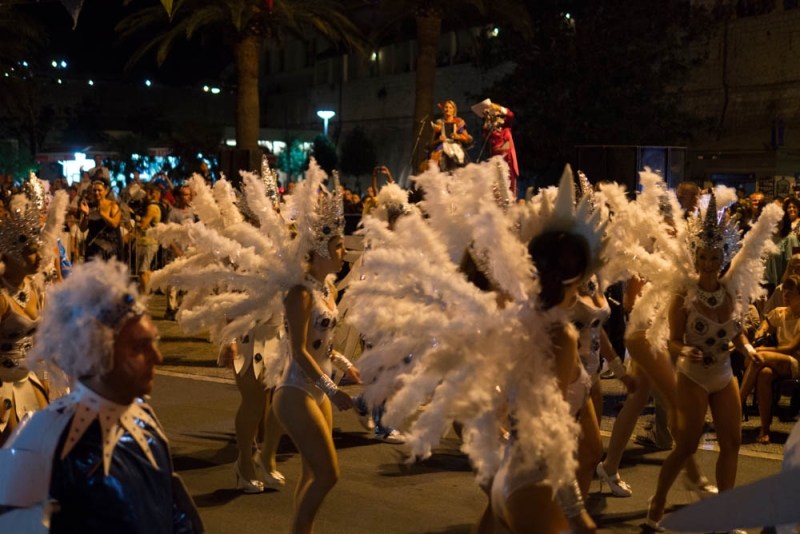
2. Holidays and festivals all year round
Montenegrins are big fans of cheerful holidays. Most music festivals take place in the summer, and many cities also have their own carnivals and celebrations. The largest summer festivals – City Theater in Budva (until August 17),
The program includes classical music concerts, performances, ballets, exhibitions. The Bokel Night festival will be held on August 19, during which the residents of Kotor introduce guests of the city to its history and local customs.
On August 29, Petrovac Night will be celebrated in Petrovac – music will be played everywhere, and tables will be taken out into the streets and treated to free beer, fish and wine.
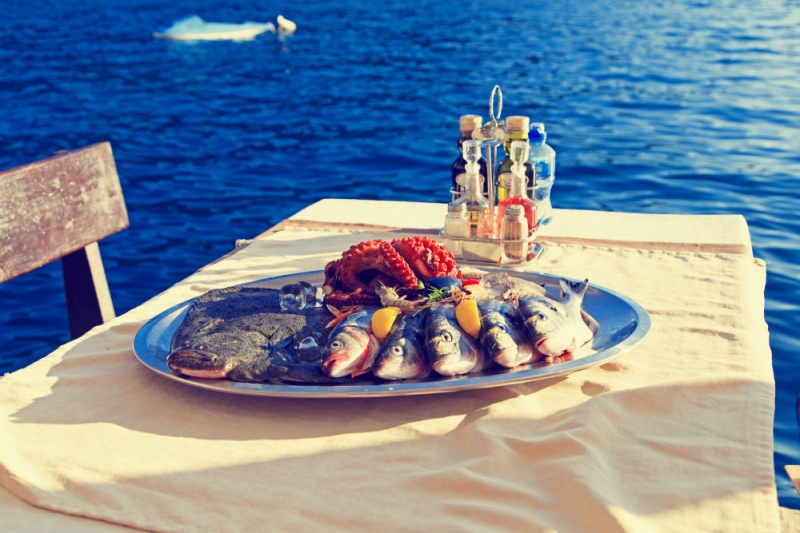
3. Montenegrin cuisine, incorporating Mediterranean, Turkish and Slavic traditions, but maintaining individuality
Mediterranean cuisine dominates in the coastal zone, while in the north of the country, in the highlands, hearty meat and dairy cuisine predominates.
Traditional dishes of the highlands are lamb from under sacha (lamb stewed in the oven),
čevapčići (minced meat sausages) and Njeguš steak (beef steak stuffed with smoked ham). Montenegrins’ favorite snacks are Njegush cheese (goat or sheep cheese, fresh or soaked in olive oil) and Njegush prosciutto (cured ham).
Montenegrin hamburgers are popular on the coast (they are cheaper and larger than American ones),
pizza, baked vegetables, risotto and all types of fish and seafood dishes. The most popular soup is riblet chorba, with hot spices, shrimp and several types of fish.
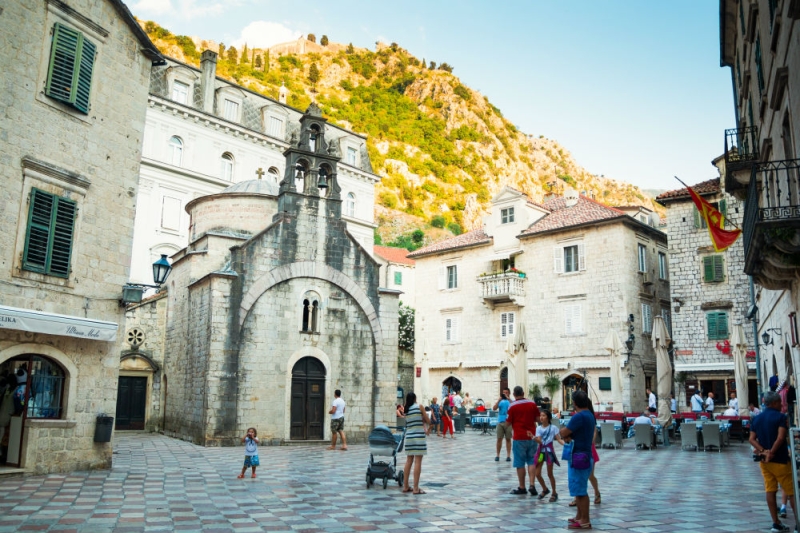
4. Medieval cities, fortresses, palaces and monasteries
The old town of Budva breathes the atmosphere of the Middle Ages – narrow cobbled streets, Venetian architecture, ancient churches. The center of the Old Town is a 9th century citadel, offering panoramic views of Budva and the coast. On the very shore of the sea stands the oldest church in the city – Santa Maria in Punta, which was built by Benedictine monks in the 11th century.
Kotor stands in the depths of the Bay of Kotor, which is called the largest and most beautiful fjord in the Adriatic. Its Old Town is listed as a UNESCO World Heritage Site. Hidden behind the unique fortress walls are the Romanesque Cathedral of St. Tryphon, a fortress and clock tower from the 13th century, and the Church of St. Luke from the 12th century.
The ancient capital of Montenegro, Cetinje, is a museum city built in the 15th century. The most interesting places in the city are the palace of King Nikola, built in the 19th century, and the Vlaška church, with Greek frescoes from the 15th century. Near the city there is the ancient Cetinje Monastery, where important religious shrines are kept.
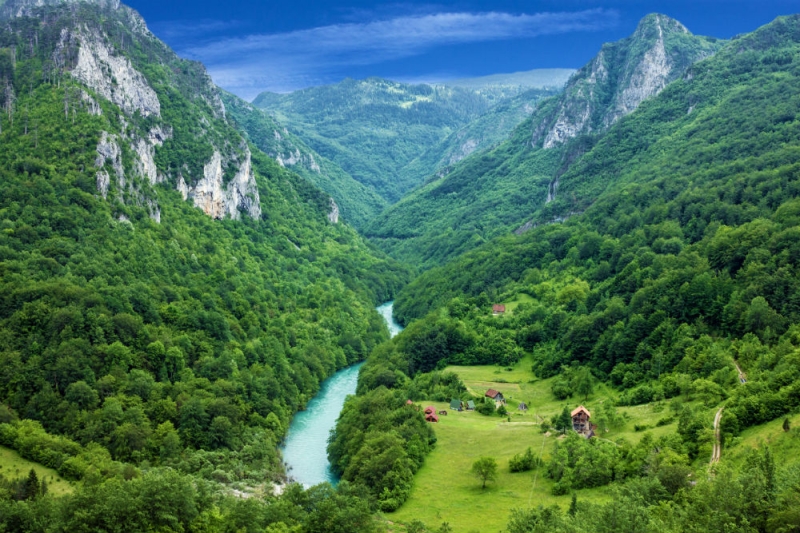
5. Nature reserves, canyons, lakes and mountain passes
Montenegro has a unique nature – sea, mountains and five nature reserves that attract lovers of eco-tourism. Durmitor is home to the highest mountain in Montenegro, the beautiful canyon of the Tara River – the deepest gorge in Europe and the Black Lake.
Lake Skadar is a stunning nature reserve where 270 species of birds live on the shores of the largest lake in the Balkans. The park has many hills, a river overgrown with water lilies, medieval monasteries and villages.
Biogradska Gora National Park is known for its huge untouched forest, home to rare birds and trees over 400 years old, and six mountain lakes. The most beautiful of them is Lake Biograd.

